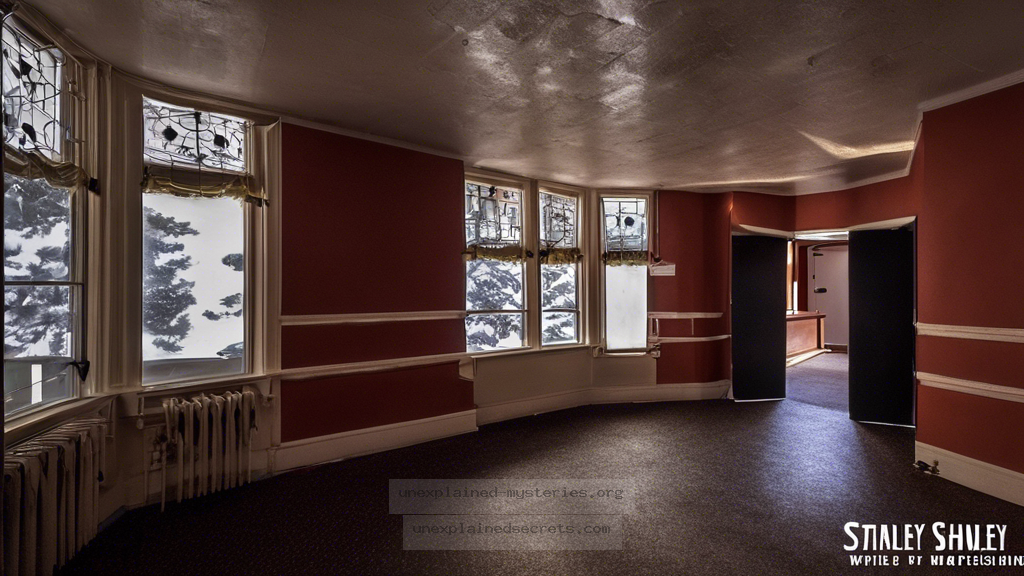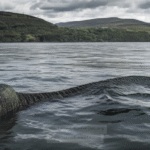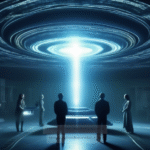What Secrets Lurk Within the Walls of the Stanley Hotel, One of America’s Most Haunted Locations?
What Secrets Lurk Within the Walls of the Stanley Hotel, One of America’s Most Haunted Locations?
The Stanley Hotel, nestled in the picturesque Rocky Mountains of Colorado, serves as a beacon for paranormal enthusiasts and casual visitors alike. Renowned for its breathtaking views and rich history, this hotel also boasts a reputation for being one of the most haunted locations in the United States. But what exactly makes this place a hotbed for ghostly encounters? Understanding the mysteries of the Stanley Hotel not only fascinates those interested in the paranormal but also raises questions about human experiences, historical narratives, and the nature of fear itself. In this post, we will delve into the secrets of the Stanley Hotel, exploring its historical significance, various hauntings, and what keeps visitors coming back for more eerie encounters.
A Brief History of the Stanley Hotel
The Stanley Hotel was founded in 1909 by Freelan Oscar Stanley, a successful inventor and businessman, who sought solace in the Colorado mountains due to his battle with tuberculosis. The hotel’s design reflects the grandeur of the early 20th century, featuring stunning Georgian architecture and luxurious accommodations. While the hotel has undergone several renovations, its original charm remains intact, drawing attention from visitors and historians alike.
What makes the Stanley Hotel particularly intriguing is its connection to Stephen King, who stayed there in 1974. His experience inspired the writing of “The Shining,” further cementing the hotel’s status in popular culture as a haunted destination. Since then, the Stanley Hotel has hosted countless ghost tours, paranormal investigations, and even its own annual horror film festival. The hotel’s blend of history, literature, and the supernatural creates a unique atmosphere that keeps the ghost stories alive.
Documented Hauntings and Paranormal Activity
The Stanley Hotel is said to be home to numerous spirits, with countless reports of unexplained phenomena. Guests and staff have described a variety of ghostly encounters, ranging from disembodied voices to apparitions. Here are some of the most notable hauntings:
- Room 217: Often referred to as the most haunted room in the hotel, Room 217 is associated with the spirit of Elizabeth Wilson, the hotel’s former head housekeeper. Guests have reported feeling her presence, experiencing sudden temperature drops, and even witnessing her ghostly figure.
- The Music Room: The piano in the Music Room is said to play itself, with visitors occasionally hearing melodies echoing through the hallways despite no one being present to play.
- The Ghost Children: Many guests have reported encounters with the spirits of children playing in the hallways. Some have even heard the sounds of laughter and footsteps when no children are present.
Core Concepts of Haunting Theories
The concept of hauntings can be analyzed through various theoretical lenses. Some of the core concepts include:
- Residual Energy: This theory posits that traumatic events or strong emotions can leave an imprint on the environment, leading to replays of past events. Visitors might witness these events without any direct interaction with a spirit.
- Intelligent Spirits: This theory suggests that some spirits are conscious and capable of interacting with the living. They may communicate through electronic voice phenomena (EVP) or physical manifestations.
- The Stone Tape Theory: This idea posits that objects or locations can record emotional energy, which can be replayed under certain conditions. This could explain why certain locations, like the Stanley Hotel, have a higher frequency of paranormal activity.
Practical Implications and Evidence of Hauntings
Evidence of hauntings at the Stanley Hotel has been documented in various forms, including photographs, audio recordings, and firsthand accounts. Investigators often utilize tools such as EMF meters, spirit boxes, and thermal imaging cameras to capture possible evidence of paranormal activity. Some notable investigations include:
- Ghost Adventures: The popular television show featured the Stanley Hotel in an episode where the crew documented unexplained sounds and anomalies during their stay.
- The Atlantic Paranormal Society (TAPS): Known for their rigorous investigation methods, TAPS conducted a detailed investigation of the hotel and reported significant evidence of supernatural activity.
Alternative Perspectives: Skepticism and Scientific Explanations
While many are quick to believe in the paranormal, skepticism plays a crucial role in understanding hauntings. Some critics argue that reported experiences can often be attributed to psychological factors, such as:
- Sleep Paralysis: Some guests have reported feeling a presence while waking from sleep paralysis, which can create sensations of fear and confusion.
- Environmental Factors: Low-frequency sounds, such as those caused by old pipes or electrical issues, can cause feelings of anxiety or unease, leading individuals to perceive a haunting.
Notable Fact: The Stanley Hotel’s architecture and the nature of its construction can contribute to acoustic phenomena that might be mistaken for ghostly activity.
Common Misconceptions and Clarifications
With the proliferation of ghost stories and urban legends, several misconceptions have emerged regarding the Stanley Hotel:
- All Ghosts Are Malevolent: Many believe that spirits are inherently harmful. However, numerous accounts from the Stanley Hotel suggest that many spirits seem benign or even playful.
- Ghosts Only Appear at Night: While nighttime tends to be the most popular time for ghost hunting, many guests have reported experiences during the day.
Best Practices for Investigation or Study of Haunted Locations
If you’re interested in investigating haunted locations like the Stanley Hotel, consider these best practices:
- Research Thoroughly: Understand the history and previous investigations of the location.
- Bring the Right Equipment: Utilize tools like EMF detectors, digital voice recorders, and thermal cameras to collect evidence.
- Document Everything: Keep a detailed log of experiences, encounters, and environmental conditions during your investigation.
Future Developments and Ongoing Research
The field of paranormal research is ever-evolving, with advancements in technology allowing for more precise studies of haunted locations. New methods, such as integrating artificial intelligence for data analysis, are being explored to enhance the understanding of paranormal phenomena. Additionally, as more people share their experiences, the database of accounts can help researchers identify patterns in hauntings.
Future Insight: The continued popularity of haunted locations like the Stanley Hotel ensures ongoing interest and investment in paranormal research.
Conclusion: The Allure of the Unknown
The Stanley Hotel stands as a testament to the intertwining of history, culture, and the supernatural. Its rich past, combined with the myriad of ghost stories and encounters, invites exploration and curiosity. Whether one believes in the paranormal or attributes these experiences to psychological phenomena, the allure of the unknown continues to draw people to this iconic location. The stories of the Stanley Hotel remind us that history is not just a series of events but a tapestry of experiences that shape our understanding of reality. As we continue to seek answers about the mysteries of the human experience, the Stanley Hotel will remain a symbol of the enduring fascination with the haunted and the unexplained.
Other Articles
Recent Posts
- What Happened to Flight MH370? The Conspiracy Theories That Still Haunt Us
- What Secrets Lurk Within the Walls of the Infamous Trans-Allegheny Lunatic Asylum?
- What Evidence Supports the Existence of Bigfoot in the Pacific Northwest?
- What Happened to the Indus Valley Civilization? Unraveling the Mysteries of Ancient Urban Life
- Can Telepathy Be Scientifically Proven Through Laboratory Evidence?







